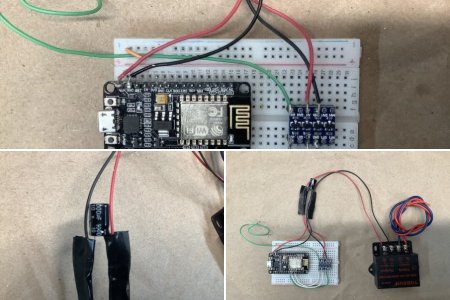Steve Williams
New elf
- Joined
- Feb 17, 2018
- Messages
- 5
Hello everyone. I am trying to build some arches (using the air seeder hose and conduit as shown in these forums). I am also using hardware I already have
When I power the LED strip from the 5V60A SMPS, with a common ground between the SMPS and the ESP8266 (still powered from the USB power bank), the LED strip behaves erratically, no matter if it is 30 LEDs or 150 LEDs.
Does anyone have thoughts or suggestions on this?
Edit: Looking at the WLED wiki, I now realise that I do not have the 470ohm resistor on the data line or the 1000uF capacitor across the 5V and GND lines to the LED strip. Could these be related? I'll have to get some of those components anyway, so hopefully they help.
- Wemos D1 mini ESP8266 devices that will be running WLED
- 5V 60LEDs/m WS2812B strips
- 5V60A switch-mode power supply
When I power the LED strip from the 5V60A SMPS, with a common ground between the SMPS and the ESP8266 (still powered from the USB power bank), the LED strip behaves erratically, no matter if it is 30 LEDs or 150 LEDs.
- the colour order appears to change from the default GBR to BGR
- LEDs flicker on and off, especially during bright segments
- the first LED is always on, but in an odd colour
Does anyone have thoughts or suggestions on this?
Edit: Looking at the WLED wiki, I now realise that I do not have the 470ohm resistor on the data line or the 1000uF capacitor across the 5V and GND lines to the LED strip. Could these be related? I'll have to get some of those components anyway, so hopefully they help.
Last edited:




